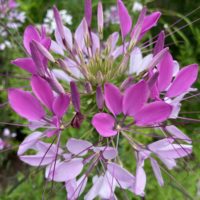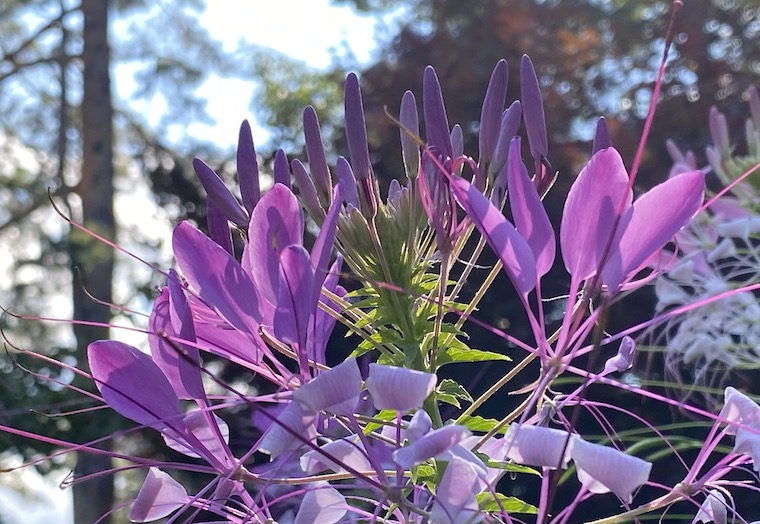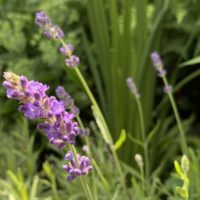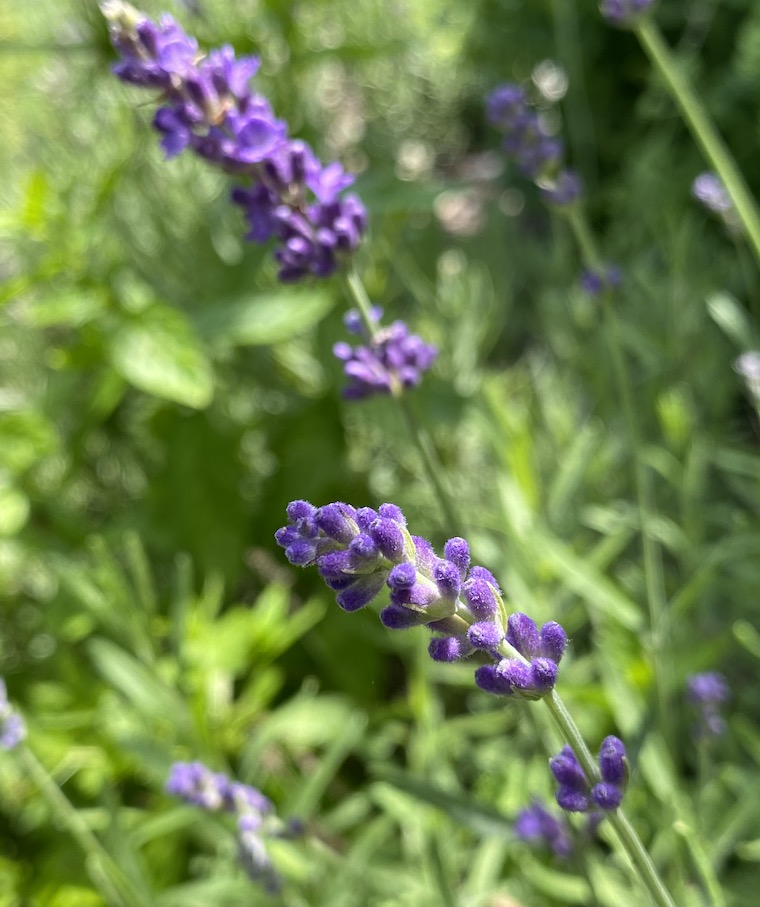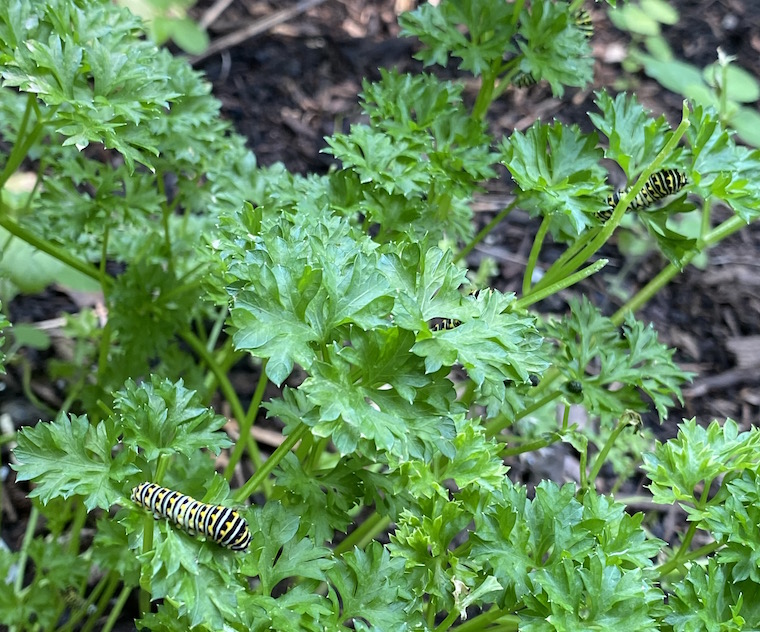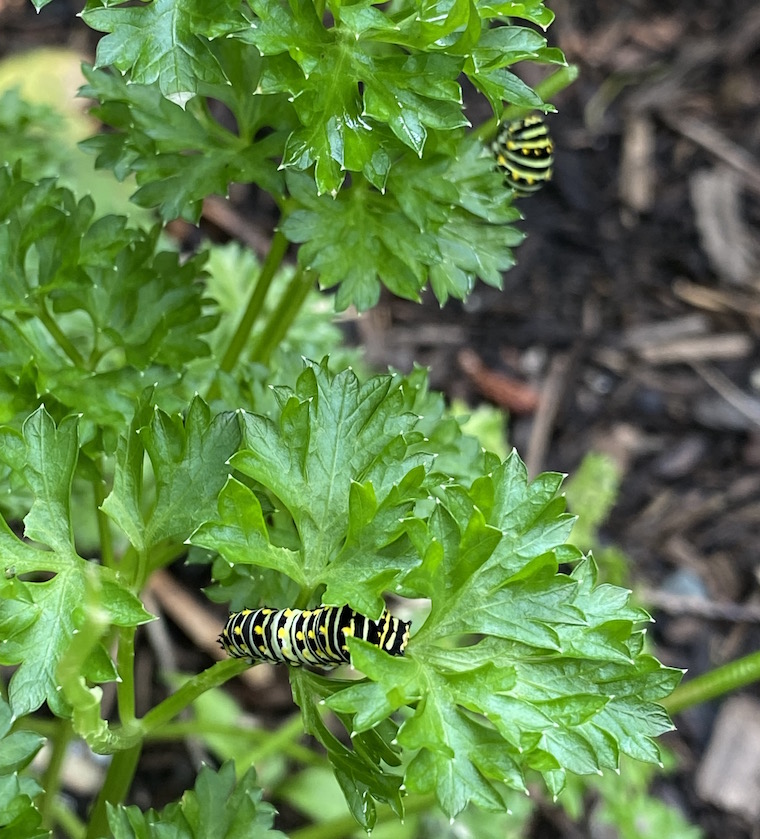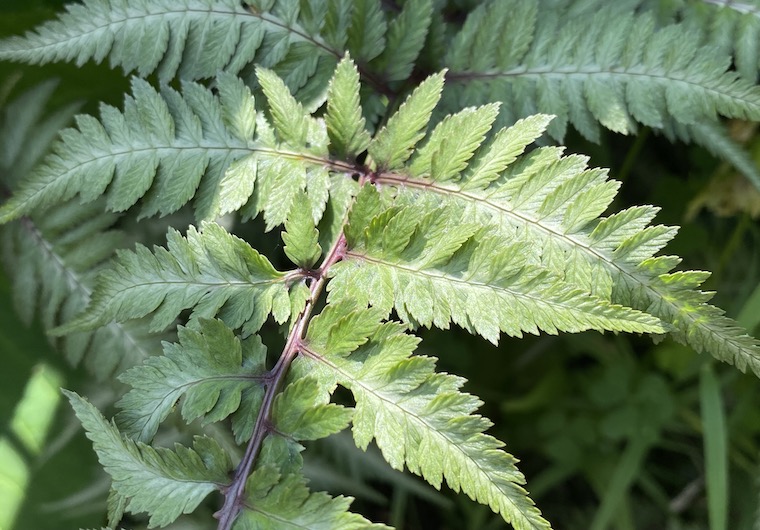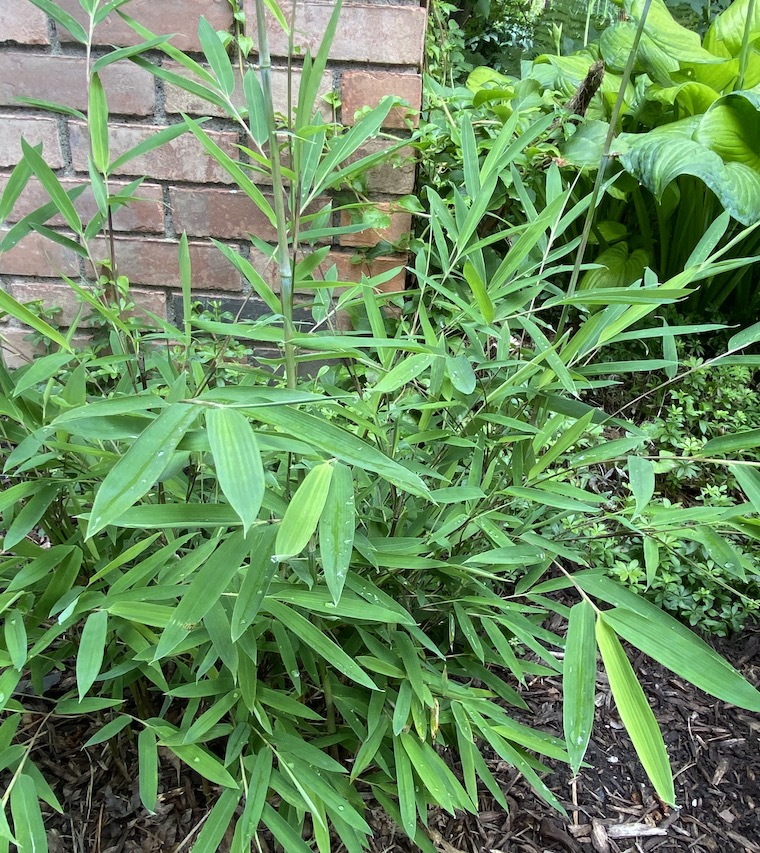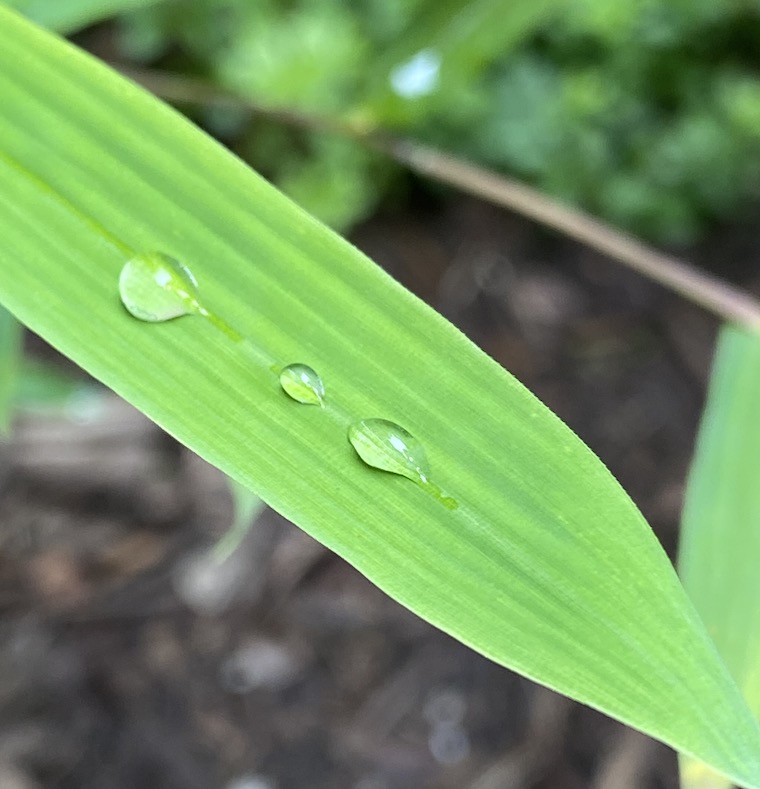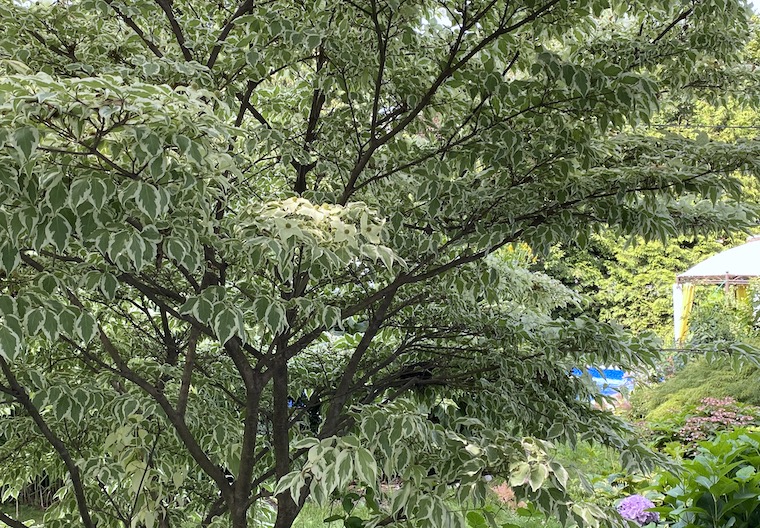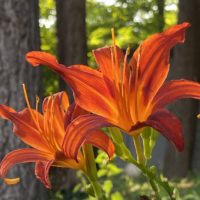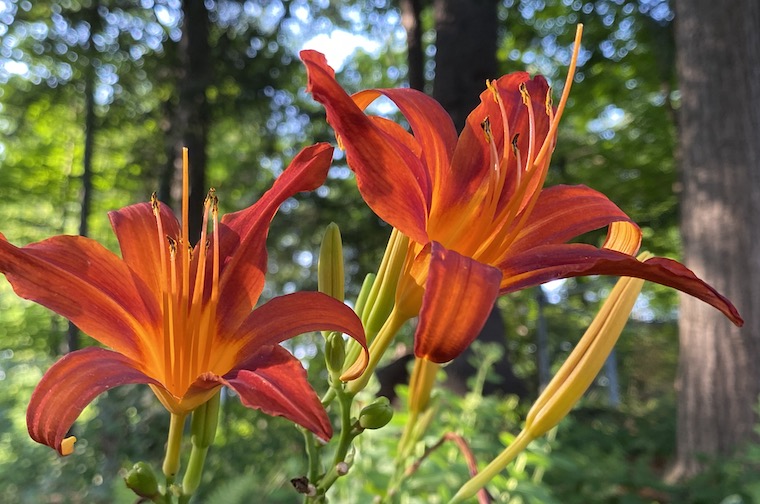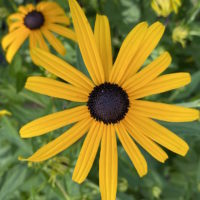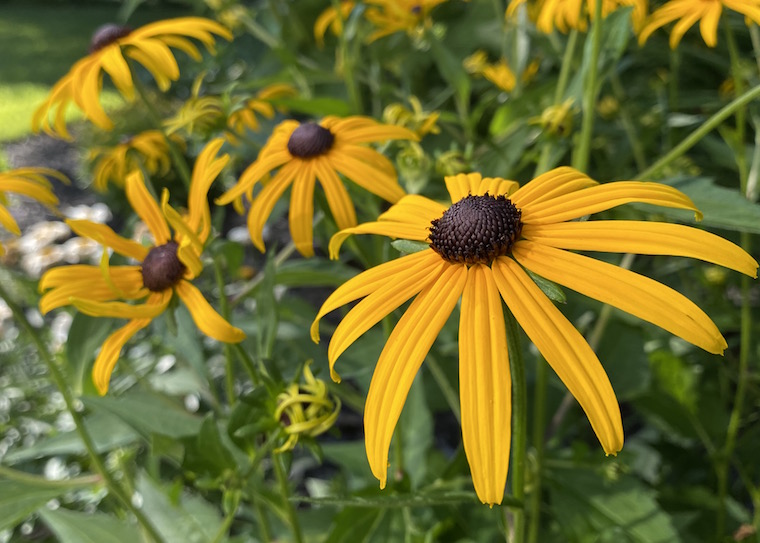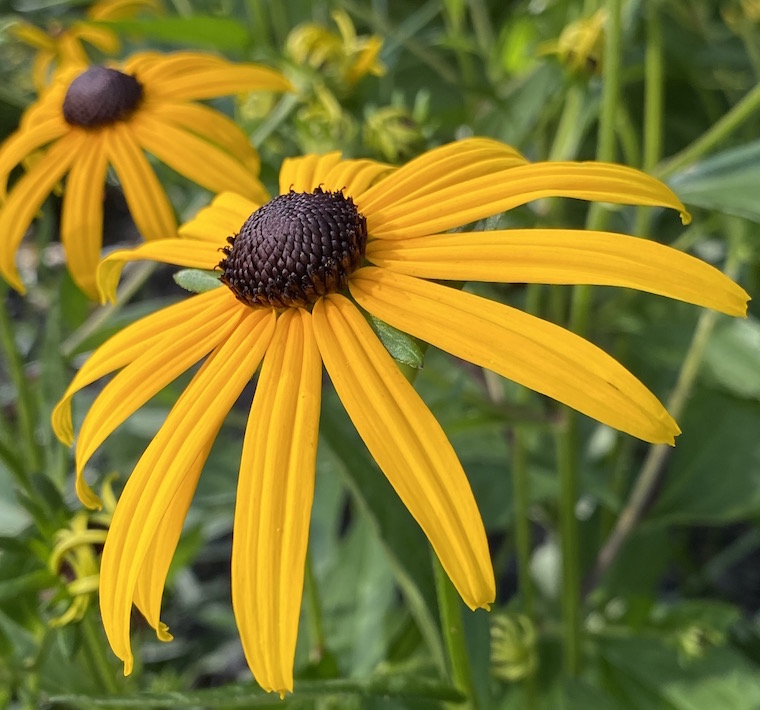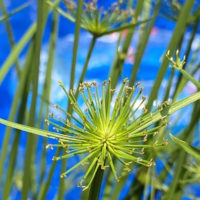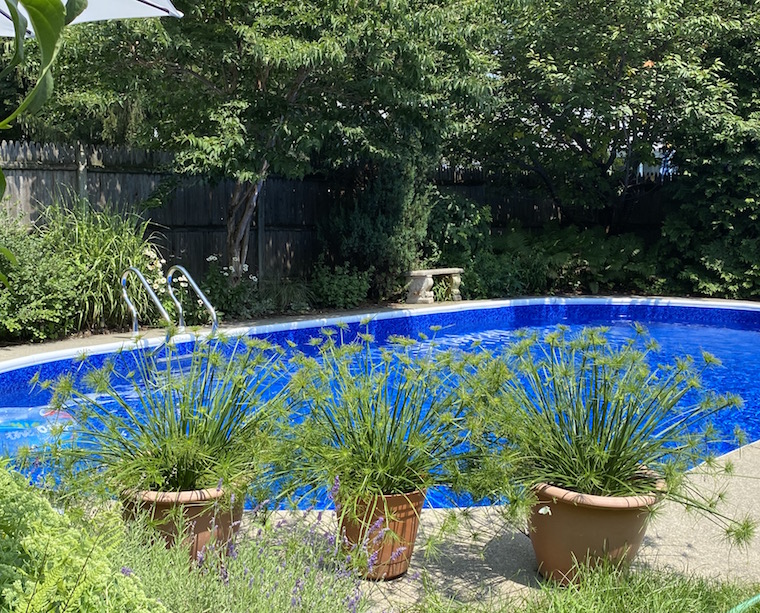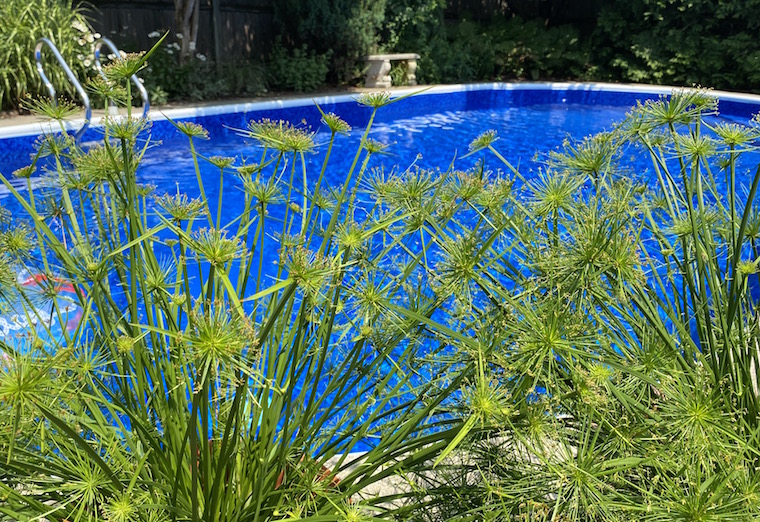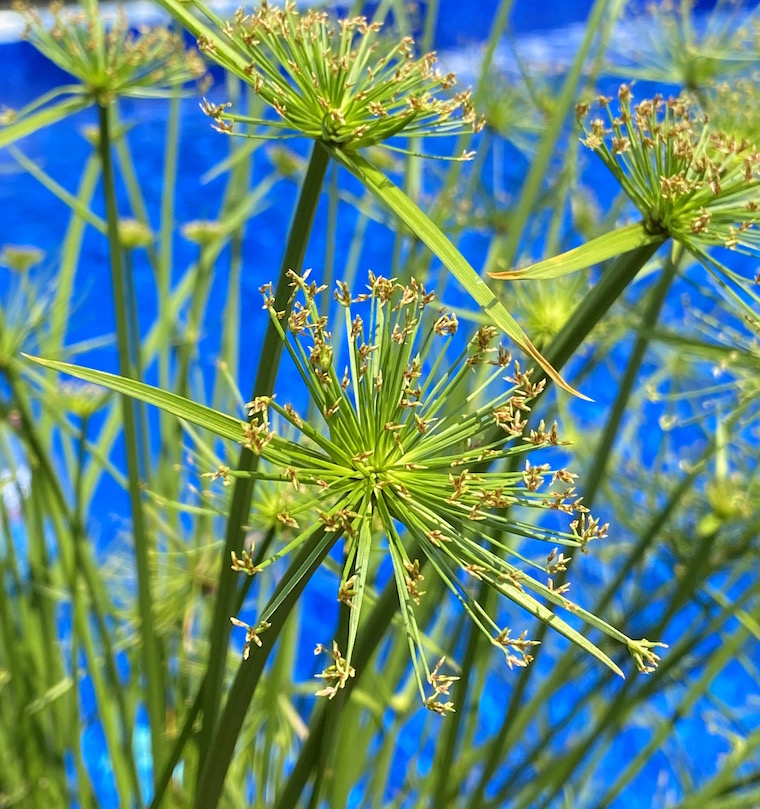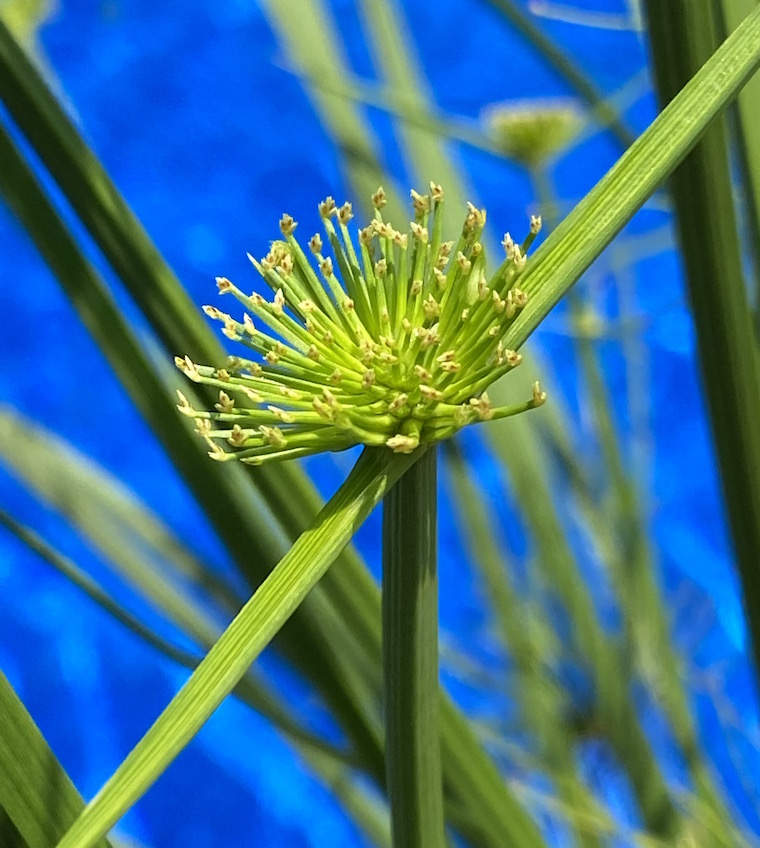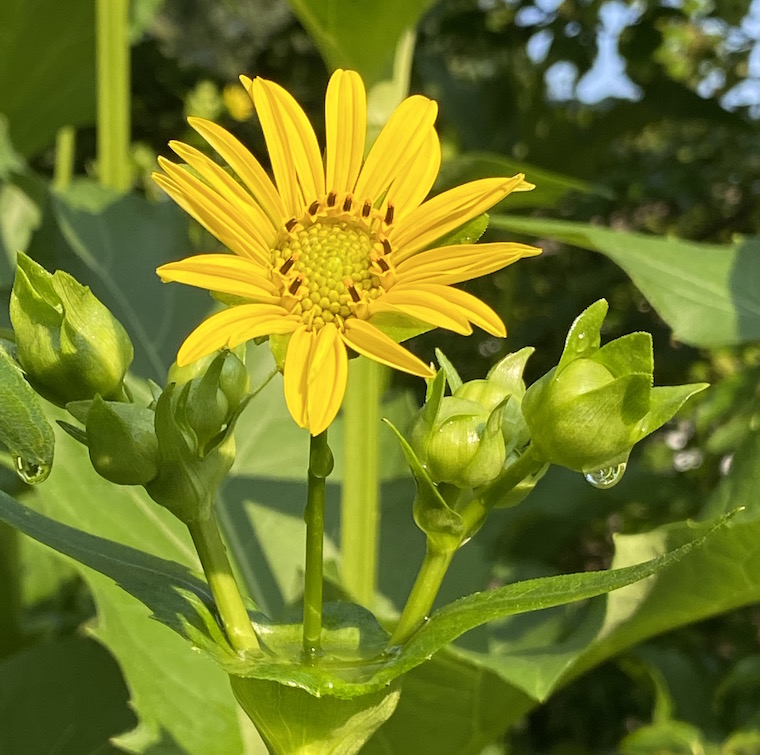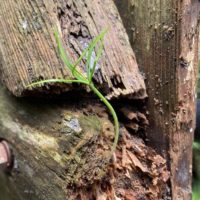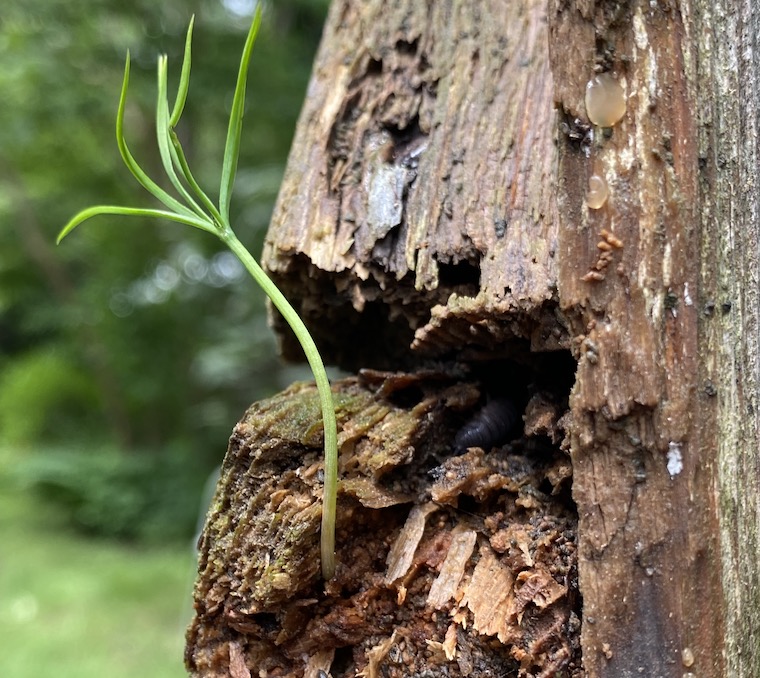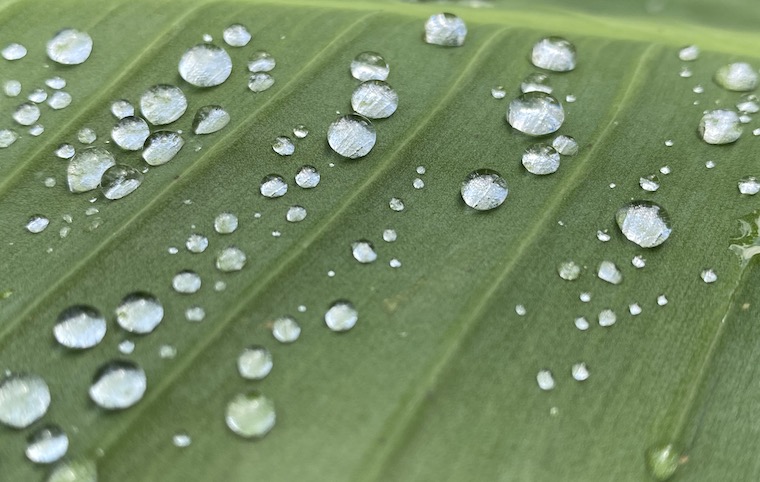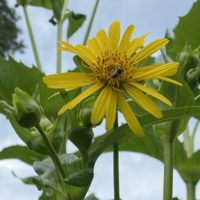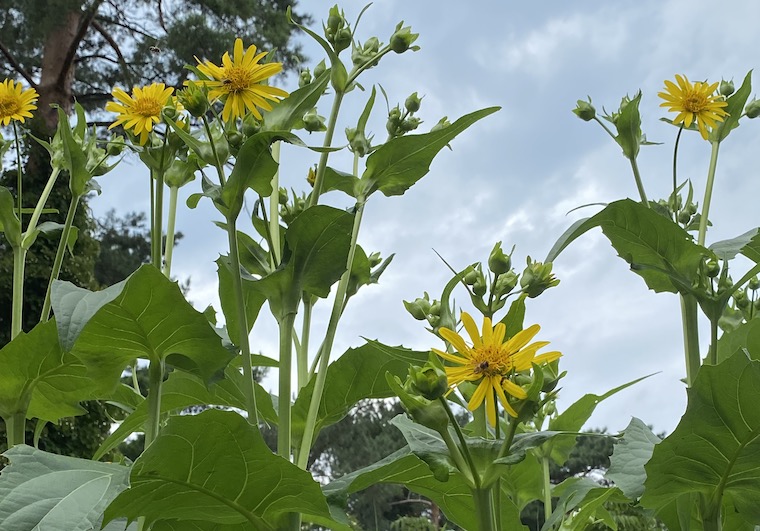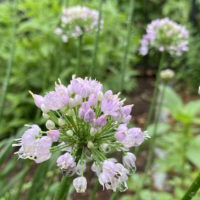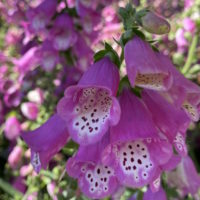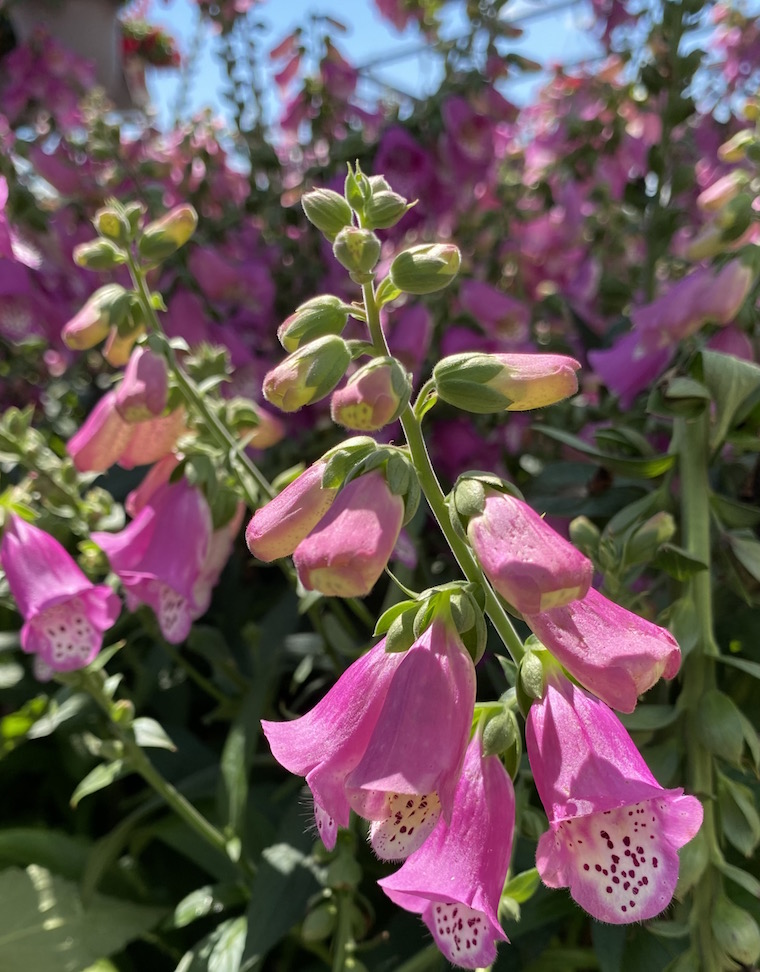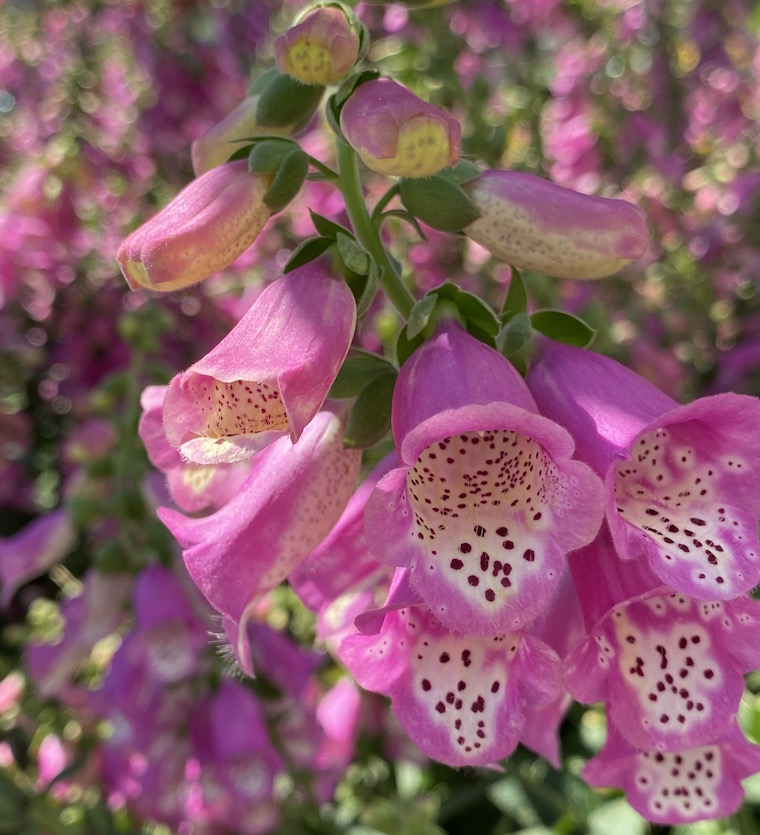This little stand of cleome in our front yard is what remains after a swath of volunteers popped up this year. They’ve steadily been increasing their numbers in the very-limited space of our front square, and this year I did a drastic editing of their army, allowing these few to prosper and grow.
They start out deceptively small – both the actual plant itself, as well as the blooms. The latter begins in shades of pink and cream, just a small little puff of petals at the top, and then it begins to elongate and fill out until a large pom-pom of floriferous wonder sets atop a three-foot stem. The lower stems start going to seed before they even finish the flowering at the top, creating a fascinating display of the full life cycle at one glance.
I’ll let these sew next year’s volunteers because it’s good to have such color at this time of the year.

